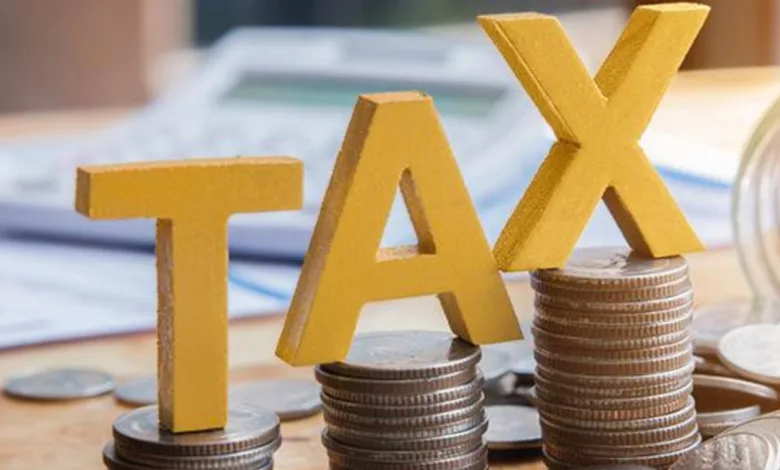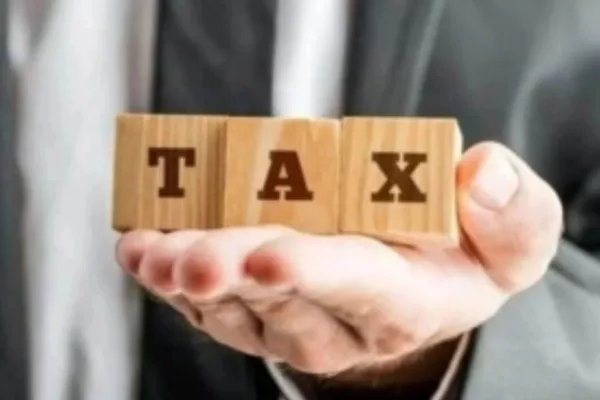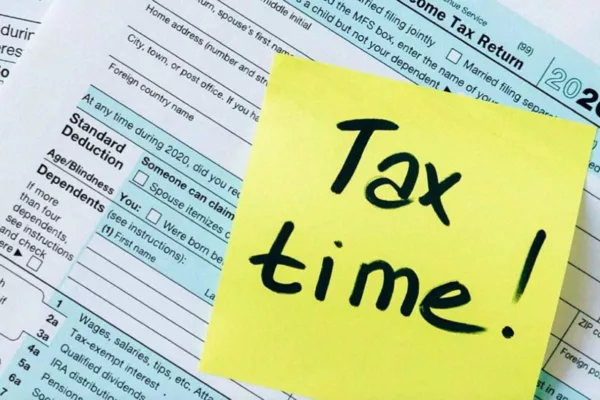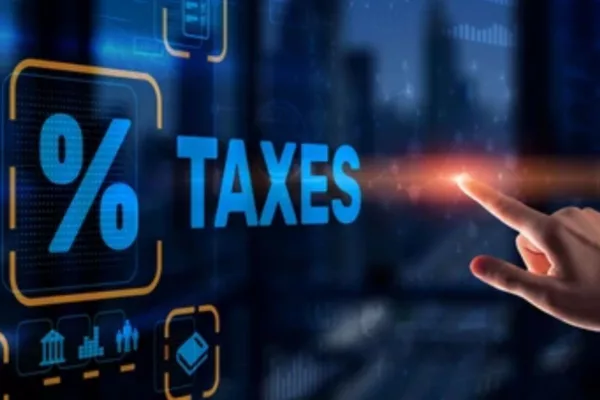Tax Expectations:It’s time to update the tax brackets and deduction ceilings for individuals in budget 2023 .

Expectations for the budget: It’s time to update individuals’ tax brackets and deduction ceilings.
It’s that time of year again. On February 1, the finance minister, Nirmala Sitharaman, will introduce the budget. Like every year, there are big expectations that she’ll come with gifts like Santa Claus and act as a saviour for the common taxpayer.
Since the introduction of the simplified tax system in 2020, there have been a lot of expectations from taxpayers. The majority of deductions, including 80C, 80D, HRA, and others, have long been the norm. Since there hasn’t been a change in the past few years, the taxpayers hope these will be raised.
Aarti Raote, Partner Deloitte India, however, asserts that some type of relief is essential because the cost of products has skyrocketed and medical premiums are excessive, and these have now significantly depleted the savings of the typical taxpayer.
These are some of the main goals that taxpayers have for Budget 2023.

Changing tax rates and raising the deduction threshold.
“The basic exemption level has been set at 2.5 lakh for about eight years, and it is about time it is enhanced to 3-3.5 lakh,” asserts Archit Gupta, founder and CEO of Clear.
Under some of the important sections, there are also expectations to raise deduction caps. According to Akhil Chandana, Partner at Grant Thornton Bharat, “The limit of the deduction under Section 80C should be raised from 1,50,000 to 2,50,000, according to the salaried class taxpayers, who have this as one of their top priorities”
Currently, a variety of eligible investments and expenses are covered by the section 80C deduction, including the payment of life insurance premiums, employee contributions to the Provident Fund, Public Provident Fund (PPF), National Pension Scheme (NPS), principal repayment of housing loans, Equity Linked Savings Schemes (ELSS), etc.
The rise in the deduction limit will, in Chandana’s words, “meet the dual purpose of increasing savings and decreasing the tax burden.”
Additionally, the current Section 80D cap for paying health insurance premiums for oneself (under the age of 60), one’s spouse, and dependent children are set at 25,000 per financial year. Additionally, a separate deduction of up to 25,000 (or 50,000 if the parents are 60 years of age or older) can be made for the parents’ medical costs or health insurance.
It is important to evaluate these regulations and increase the 80D limitations, Chandana argues, “, especially in light of the Covid issue and the continually rising expense of healthcare.” This will guarantee that people’s health insurance plans provide enough financial protection.
Increasing the number of deductions available under the simplified tax system

The simplified tax system has not yielded any clear benefits to the taxpayer. “The taxpayers do take a lot of deductions and exemptions, and sometimes they offset the new tax law’s reduction in tax slabs.
Fewer than 10% of people chose a simplified tax structure, which makes this obvious, according to Raote. In reality, the government has looked into the factors contributing to the new tax system’s unpopularity as well as potential solutions to increase adoption.
There are currently very few deductions available under the simplified tax regime. Under the simplified tax system, standard deductions are not permitted. Rate claims that because no supporting documentation is necessary, giving it under the simplified tax regime will be advantageous for everyone.
Like manner, everyone makes contributions to the provident fund; there is no need for documentation since it is an employer-based deduction that is evident from Form 16; and putting it under the new tax system will be beneficial to all parties.
The CEO and founder of EZTax.in, Suneel Dasari echoes this sentiment: “One can expect the new tax system to be strengthened with more favourable tax slabs to prepare the way for the sunset of the previous tax regime and minimise compliance complexity.”
Rationalization of capital gains tax rates
Currently, long-term capital gains (aside from listed shares and units of equity-oriented funds) are subject to a 10% tax rate. 20% of the long-term capital gains from the sale of other assets are subject to taxation. Additionally, short-term capital gains on the sale of listed shares are subject to a 15% tax rate, and short-term capital gains are taxed at the applicable slab rate.
The desire and awareness to invest in the financial markets have increased recently. The holding term and tax rates for listed and unlisted shares also vary. However, there are tax laws that provide you with different forms of tax implications depending on whether the shares are listed or not listed. Because of the confusion this causes for the taxpayer, it is suggested that the multiple tax rates be harmonised to simplify the entire tax system.
To determine whether a capital asset is short-term or long-term in nature, a uniform holding period should be specified, advises Chandana.

To increase investments in the capital market, he also argues that the current limit for long-term capital gain exemption on sales of listed shares or units of equity-oriented mutual funds (on which STT is applicable) of 1 lakh rupees should be increased.
Changes to tax brackets for those making over Rs 10 lakh are anticipated in the Budget for 2023. The expectations of salaried people in the Rs 10 lakh+ income group regarding tax relief are rising in just a few days until the Union Budget 2023.
With changes to the current Income tax slabs and rates, many business and tax experts are hopeful that the upcoming Budget will benefit the middle class and salaried people.
Most salaried workers and industry experts anticipate a revised tax slab from Budget 2023, particularly for those in the higher tax bracket.
“A revision to the tax slabs is anticipated, particularly for the income group earning over Rs. 10 lahks. The tax rate could drop from 30% to 25%. Finally, investors anticipate an increase in the time limit for claiming tax exemptions and deductions for tax-saving instruments like NPS, PPF, and ELSS from this Union Budget, according to Bharat Phatak, Director of Scripbox.
The taxation of capital gains across asset classes is also expected to be rationalised in the next Budget. ” Due to anticipation for the rationalisation of capital gains tax and adjustment of the tax bracket for salaried individuals, taxation is anticipated to be a major topic this year with only a few days until the announcement of the Union Budget.
Capital gains tax can range from 10% to 20%, depending on the asset class and if it is publicly traded. Phatak claims that by simplifying taxes on multiple asset classes for both short- and long-term gains, the budget for 2024 may benefit investors.
According to specialists in the insurance industry, the budget for 2023 should include a distinct tax exemption provision for expenses related to insurance. “As a long-term investment and essential source of protection, insurance should be given its own tax exemption slab by the government rather than being included with other assets under section 80C.
More consumers would buy protection as a result, according to Casparus J. H. Kromhout, MD & CEO of Shriram Life Insurance. The major component of pension/annuity proceeds should be allowed to be deducted, or pension/annuity profits should be made tax-free in the hands of policyholders, according to Satishwar B, MD & CEO of Aegon Life Insurance.
In order to strengthen the relationship between consumers, insurtechs, and insurers, he adds, “an aggregate deduction of up to Rs 1.75 lakh can be implemented for the payments made for life and health insurance.
Increases in the number of tax deductions permitted under Sections 80C and 80D, according to Mukul Kanchan, VP and Head of Finance at Plum, “would further increase the adoption of life and health insurance products.”




